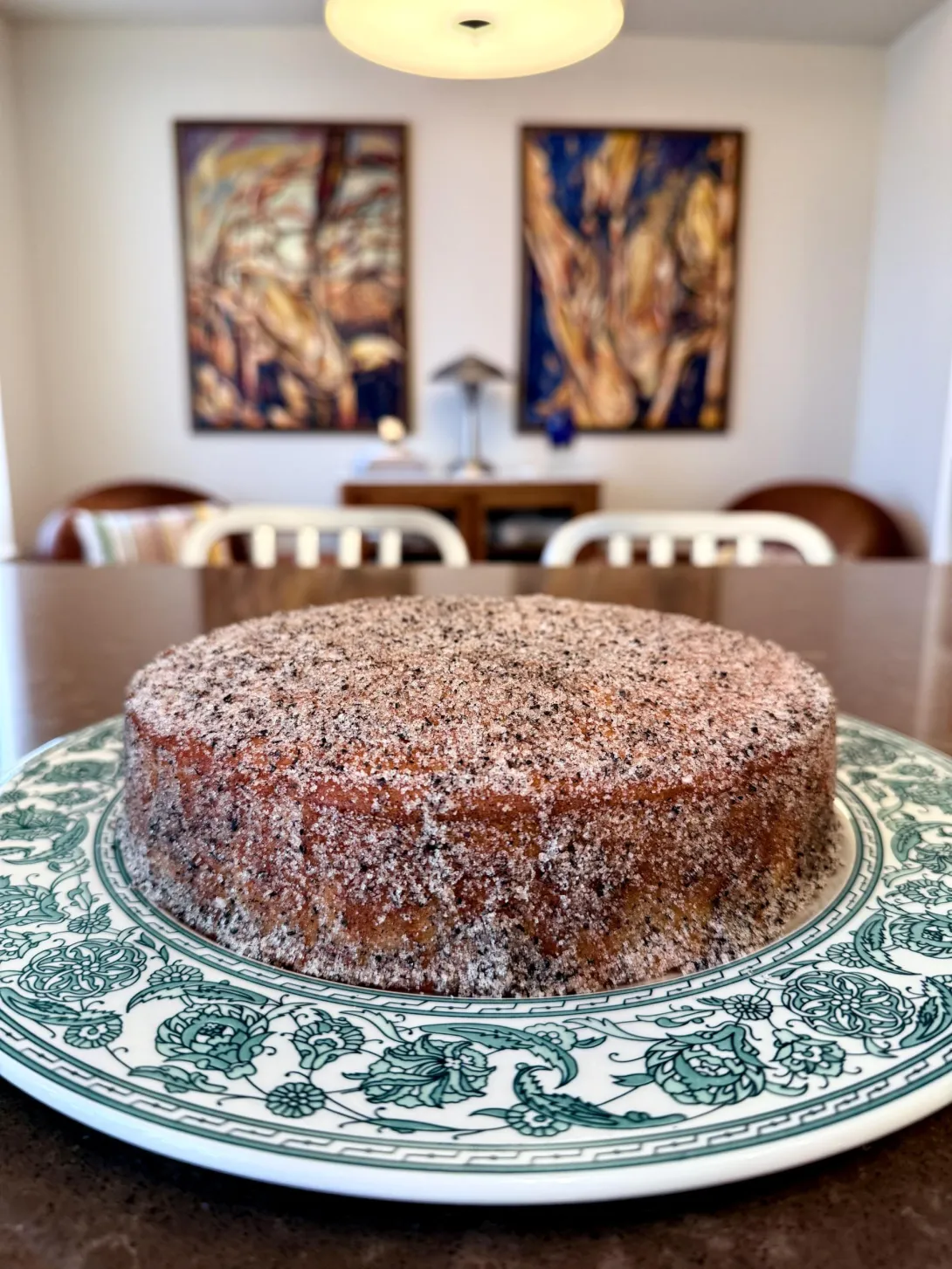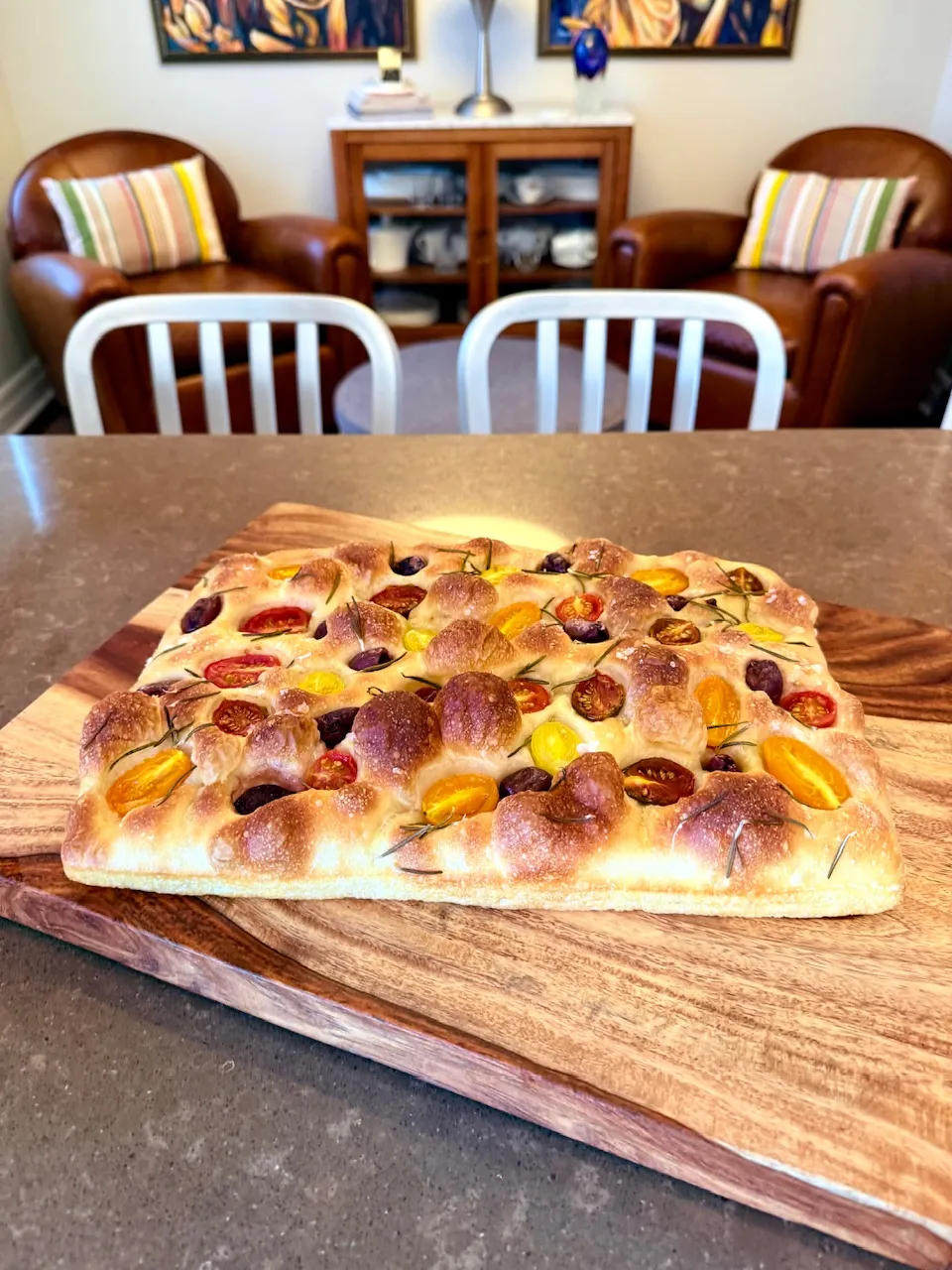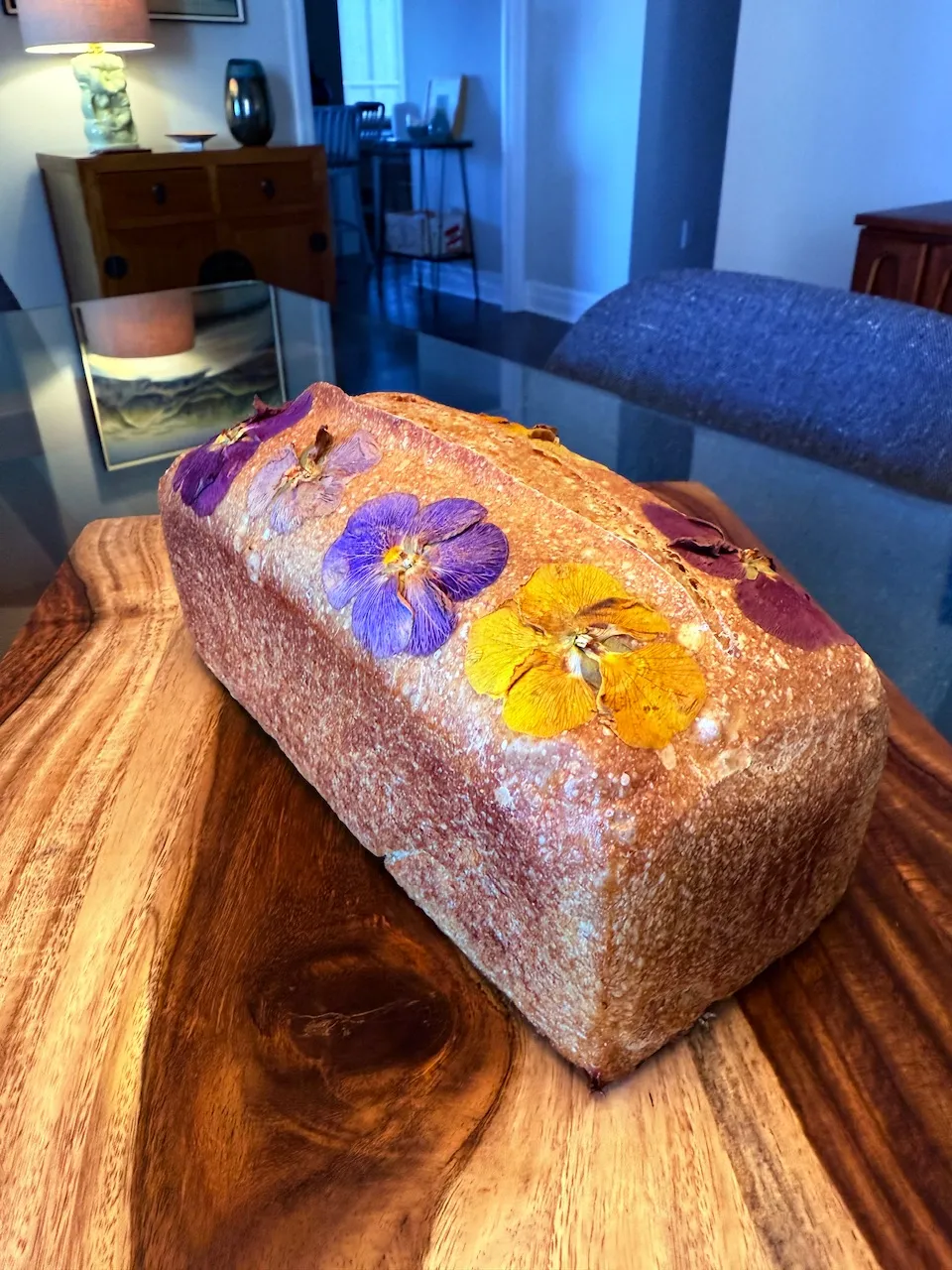Ancient Grain SD With (Mostly) Black Sesame

This year I have been baking a great deal more Whole Grain bread, and I have been intrigued especially by the work of danni3ll3. I have several bakes from her blog in my bookmarks. This is based fairly closely on one of them. There are some variations though: I had no Spelt grain or flour, so I left it out and made up the weight in the Red Fife. I used low fat yogurt since that is what I had.
- Log in or register to post comments
- 11 comments
- View post
- OldWoodenSpoon's Blog



 The recipe for this bread comes from That Sourdough Gal:
The recipe for this bread comes from That Sourdough Gal: 



